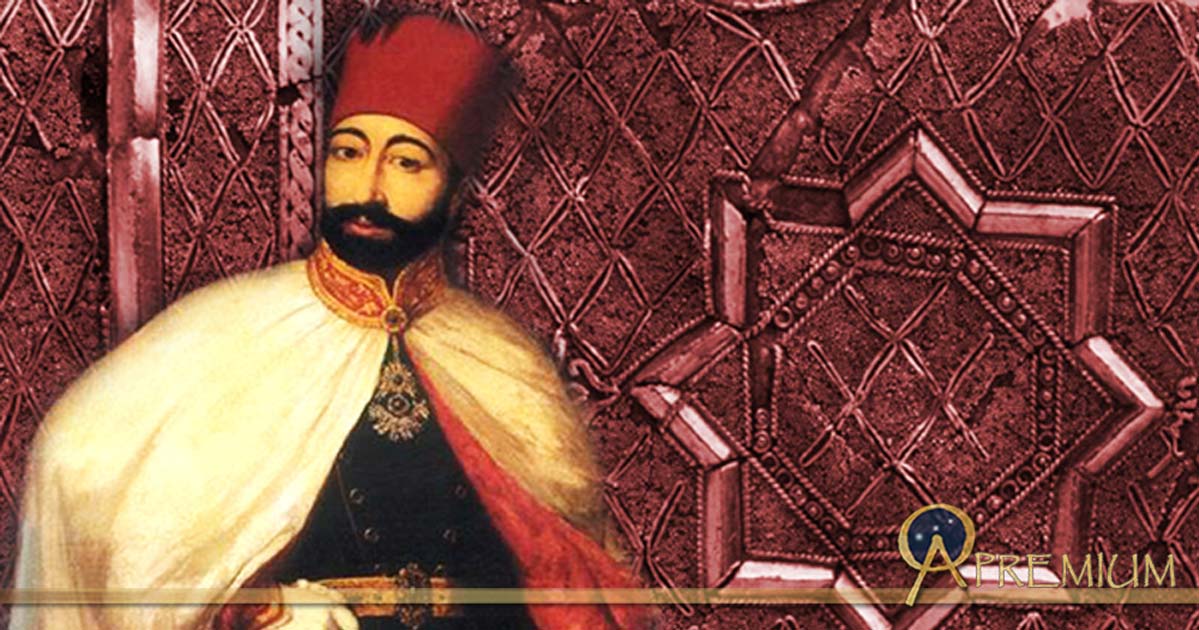Ultimatum from the Sultan to the Powerful Janissary Military - Change… Or Die! Guess what they Chose? The Auspicious Event—Part II
A force of disciplined, elite royal guards of the 15th and 16th century Ottoman Empire grew in size by seizing Christian children and raising them as civil servants and dangerous soldiers. The Janissaries, renowned warriors, soon spiraled beyond the control of the Sultans and became a political powerhouse; this was a powder-keg situation that was going to blow!
To rid the empire of the Janissaries was no easy task, nor an easy secret plan to keep. Many had doubted if it were possible to keep such a secret from falling into the wrong hands. However, Sultan Mahmud II (1785–1839) had to do something if he wanted to restore the Ottoman throne as the central power of the Ottoman state.
Change…or Die
Mahmud II needed to assure his assets were in order before presenting the 500-year-old Janissary Corps with the ultimatum: Modernize or Die.
But before this happened the Divan (government council of the Ottoman empire) held a session on May 25, 1826 in a private house; this session hosted all the leading members who worked within the Ottoman court and, surprisingly, the agha (military officer) of the Janissaries was present as well. It was three days of talks on what to do, laying blame on the Janissaries, and pointing out every fault or mishap that the Janissaries allowed. Ranking members at the Divan laid out new measures for the Janissaries before the head agha. These new measures included the structure of the company, pensions and pay, and medical care, among many other issues.

Janissaries marching to Mehter martial tunes played by the Mehterân military band. Ottoman miniature painting, from the Surname-i Vehbi (1720) (Public Domain)
In the end, the agha of the Janissaries agreed to the new terms presented to him, but the most important request by the Divan was pure and simple: give up power and return to the study of military science and religion. The agha and the accompanying Janissary officers acquiesced to the terms presented; the only problem now was trying to get the rest of the Janissary body to agree, or to at least comply.

A Janissary Ağa/Agha in the year 1768 (Public Domain)
The agha and his officers went back to the barracks while being accompanied by the ulema, who were the legal officials. The decree was read aloud at the agha’s personal pavilion before the senior officers. All agreed to the decision made and all came forth to sign their name in blood, but many of the Janissaries were still very undisciplined, for they pushed and shoved their way to sign the document requesting reform and loyalty. This shows that the Janissary officers were willing to sign such a document, but that their discipline was hurting (and it could only be worse among the lower ranks). It was a sure sign that the overall body of the Janissaries was not going to agree to such terms, for some of the officers who signed the petition began to grumble at the local taverns, along with other lower ranks. These few officers knew that reform or death was coming; they knew that action needed to be taken but not too hastily.

An illustration of Janissaries. (Public Domain)
The Janissaries were playing the political card for now but knew that they had to mutiny—either on the parade ground or, as they did by tradition, by overturning their cooking pots. The ringing created by the metal pots as they hit and danced on the ground carried a sound of anxiety that rang through the sultan’s ears.
This FREE PREVIEW is just a taste of the great benefits you can find at Ancient Origins Premium.
Join us there ( with easy, instant access ) and reap the rewards: NO MORE ADS, NO POPUPS, GET FREE eBOOKS, JOIN WEBINARS, EXPEDITIONS, WIN GIFT GIVEAWAYS & more!
- The Praetorian Guards: To Serve and Protect the Roman Emperors… Most of the Time
- The Strategic Use of Hostages in the Ancient World
- The Ancient Tradition of the Whirling Dervishes of the Mevlevi Order
Cam Rea is an author and military historian. He has written numerous articles for Ancient Origins, Classical Wisdom Weekly, and has authored several books, including: Isaac's Empire: Ancient Persia's Forgotten Identity
--
Top Image: Sultan Mahmud II (Public Domain), and ornament from a Janissary's Cap, 17th century Turkey (LACMA/Public Domain); Deriv.
By Cam Rea


















